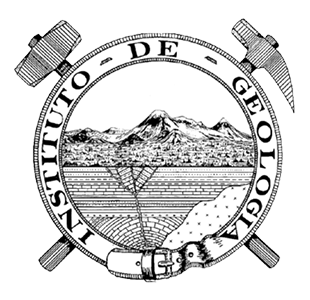Abstract
The early Pliocene Las Américas Formation consists of four ignimbrite units, which show different degrees of welding and are separated by short periods of erosion.
Rocks from the first flow unit are dacitic in composition, while the second unit is rhyodacitic to dacitic. The third unit plots in the dacite and the fourth in the quartz-latite field. Two types of pumice do occur. White pumice is generally rhyolitic to rhyodacitic while the dark pumice is dacitic in composition. In addition, among several types of lithic clasts, small fragments of gneiss occur, suggesting that the basement in the central part of the Trans-Mexican Volcanic Belt is crystalline in nature... In order to continue, download full text in PDF.

This work is licensed under a Creative Commons Attribution 4.0 International License.







